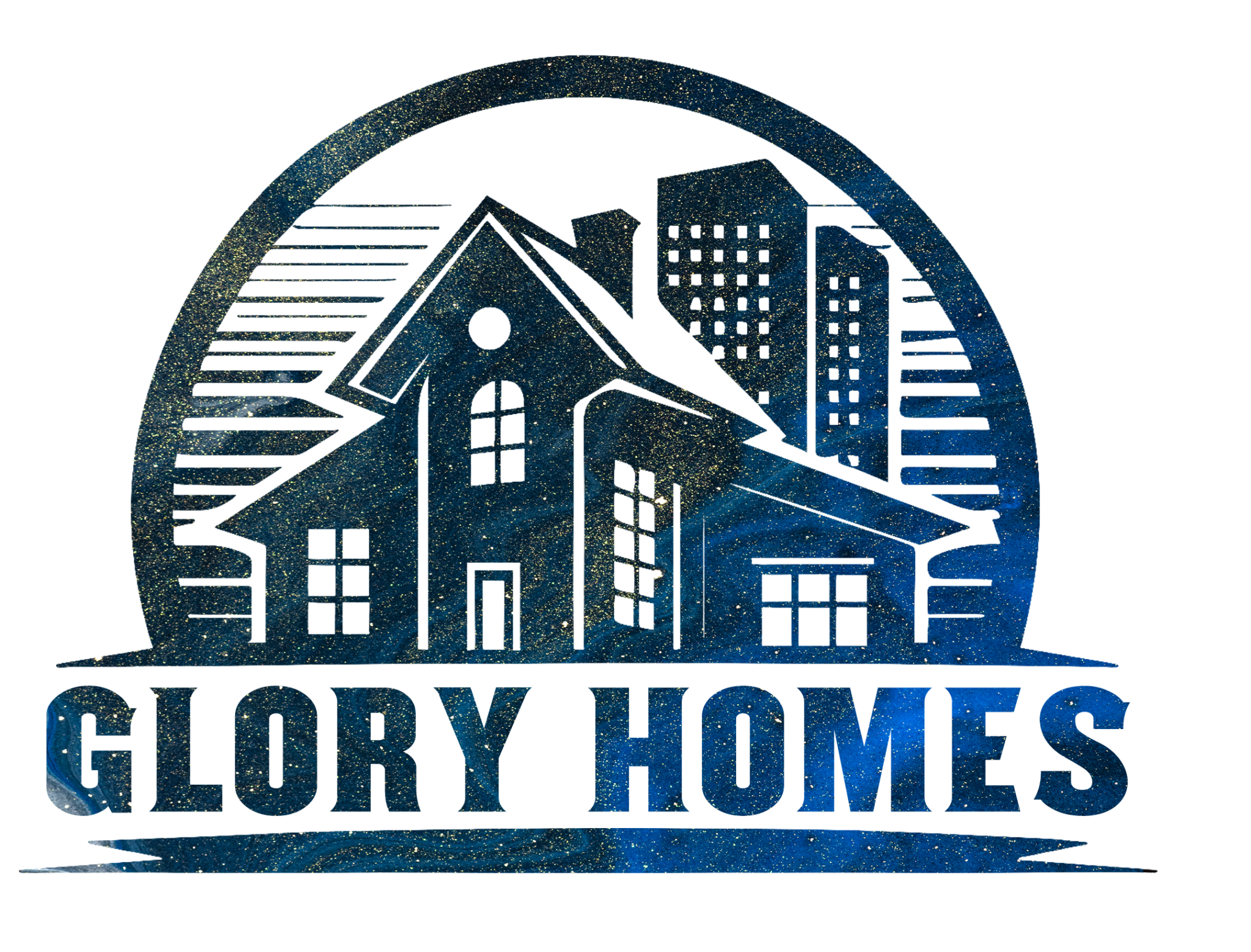
The housing sector is undergoing major changes as we approach 2025, driven by changing consumer tastes, prevailing economic conditions, and technology breakthroughs. Whether you’re a professional in the field, a potential buyer, or a homeowner already, knowing these patterns will help you navigate the market more skillfully and make wise judgments. Here are a few of the major housing trends that will be influencing the market this year:
Home Design: Trends in home design are still being influenced by the remote work revolution. There is a growing need for dedicated home office spaces as more people embrace hybrid work models or work from home. Purchasers are seeking for properties with adaptable floor plans that can serve as workspaces, including finished basements or spare rooms.
Eco-Friendly and Energy-Sparing Houses: Sustainability is no longer simply a catchphrase; it’s more important when choosing a place to live. Demand is strong for eco-friendly, sustainable-material, energy-efficient homes with eco-friendly features. Popular modifications include energy-efficient windows, solar panels, and smart home systems that control energy consumption. When assessing properties, purchasers are increasingly taking the environment and long-term cost savings into account.
Technology for Smart Homes: The way we live is still being changed by technology, and advances in smart homes are starting to gain traction. Modern homes are now expected to have features like voice-activated lighting, security systems, and smart thermostats. These technologies increase security and energy efficiency in addition to convenience. Homebuyers are searching for residences with the newest smart home connections as technology develops.
Shifts from Urban to Suburban: The pandemic accelerated the tendency of people seeking more space and a peaceful lifestyle by relocating from metropolitan regions to suburban or rural locations. However, as cities change and add new services, metropolitan regions are seeing a renaissance. The advantages of suburban life are being weighed against the conveniences of city living by buyers. Due to this dynamic, there is a growing demand for a variety of homes in both urban and suburban areas.
Growing Home Prices and Problems with Affordability: Higher building costs, a shortage of available homes, and strong demand have all contributed to rising home prices. Because of this, a lot of customers continue to have serious concerns about affordability. Expensive costs might be difficult for first-time purchasers and those on a limited budget, but they can also present chances for innovative housing solutions and investment.
Features of Health and Well-Being: Following the pandemic, house design is placing an increasing emphasis on wellness and health. Better air quality systems, home gyms, and areas for mindfulness and relaxation are examples of features that are becoming more and more in demand. Homes that encourage a healthy lifestyle and provide settings that are supportive of both physical and mental well-being are sought after by buyers.
Adaptable Environments and Spaces: The idea of adaptable living quarters is still becoming more and more popular. Buyers are looking for homes that are flexible enough to accommodate their shifting needs, whether they are related to hobbies, family activities, or remote work. These days, it’s common to see open floor designs, modular furniture, and convertible rooms, which let homeowners alter their homes to suit their changing demands.
A Greater Emphasis on Neighborhoods: Living close to the community is becoming more desirable. An increasing number of buyers are searching for properties in communities that provide a feeling of community, local amenities, and a sense of belonging. There is a great need for walkable neighborhoods that provide access to parks, local stores, and community events. This pattern indicates a desire for deep social connections and a community that is encouraging.
In conclusion, a combination of shifting customer tastes, changing lifestyles, and technology advancements will define the housing industry in 2025. Whether you’re buying, selling, or just keeping an eye on the market, you can make more strategic judgments if you keep up with these trends. Adopting these trends can assist you in finding a house that genuinely suits your wants and goals and helping you adjust to the ever-changing real estate market.
